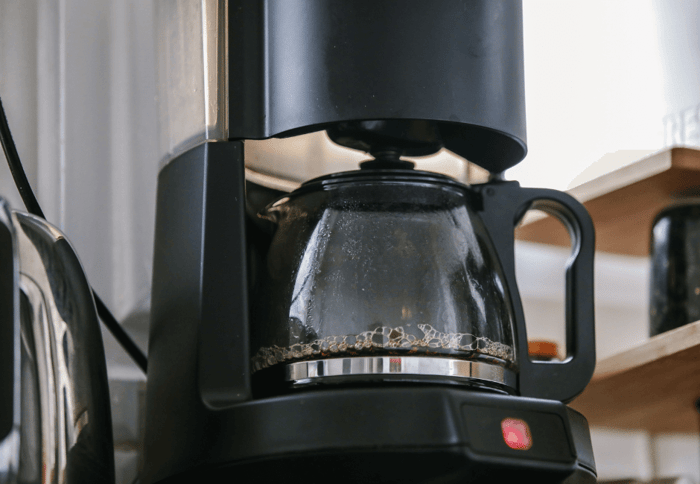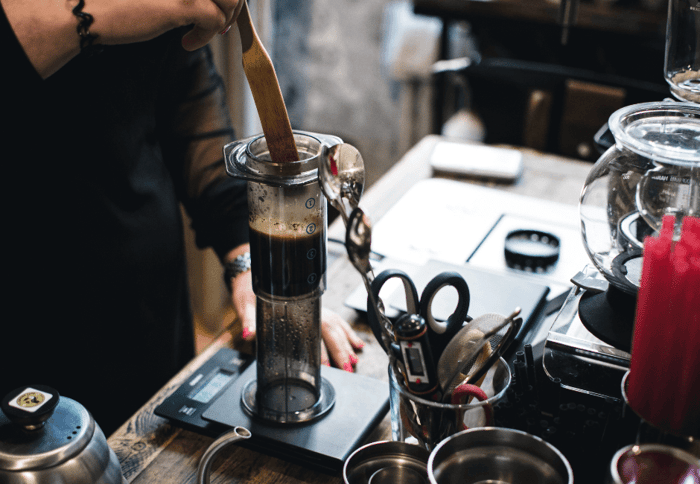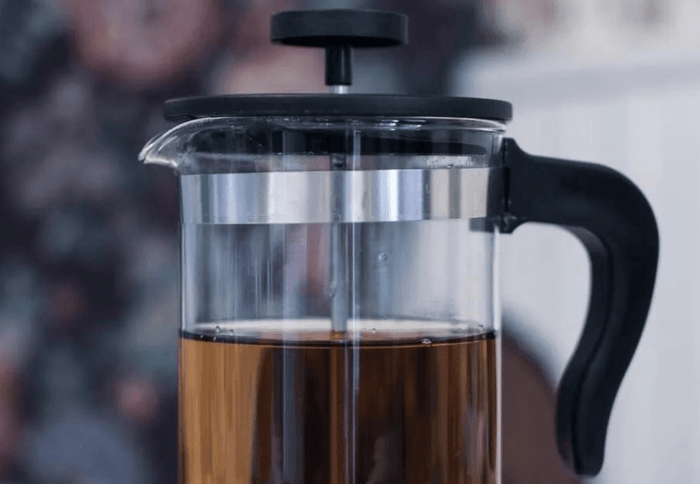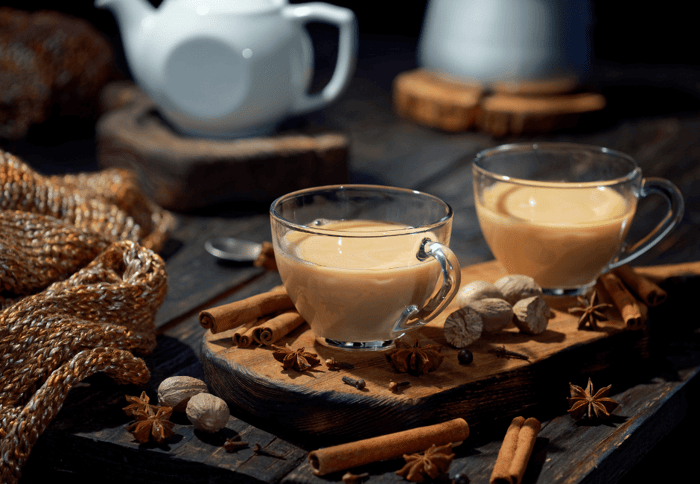Have you ever been so bored that you started wondering how your drip coffee maker heats up water so fast?
If Mr. Coffee can do it, why can't your electric kettle? Why can't you boil water on the stove in a matter of seconds, instead of minutes?
Well, here's the answer: It's a mystery!
Seriously, we don't know. It's like black magic or something. We're not sure how they do it, but we're pretty impressed. Thanks for reading! Smash those like and subscribe buttons, and check out our new guide: 3 Tips for Brewing the Strongest Coffee in a Coffee Maker
Just kidding. We actually do know how drip coffee makers heat water so fast: Science!
How Coffee Makers Heat Up Water So Quickly
It all has to do with the amount of water being heated.
In a drip coffee maker, there's a very small volume of water being heated at any given time. Like, teaspoons at most.
This means that the heating element can heat the water very quickly.
Now, compare this to a stovetop coffee maker, or an electric kettle. In both of these cases, there's typically a lot of water being heated at once. (Certainly more water at once than in a drip coffee maker, otherwise you're going to have some big problems on your hands.)
It's largely because of this that it takes longer to heat up the water in a stovetop coffee maker or an electric kettle. There's just a lot more water to heat at one time in those other things, so it's going to take a lot longer.
Picture the way a sheet of paper burns compared to a log in a fireplace. The sheet of paper will ignite and burn very quickly, while a thick log will take longer to catch fire.
But there's a second factor at play here too: the size of the heating element.
In a drip coffee maker, the heating element is usually quite small. That allows it to heat up and reach its target temperature quickly.
In contrast, electric kettles and stovetop coffee makers typically have much larger heating elements, so it's going to take them longer to heat up the water safely.
Inside a drip coffee maker, a very thin stream of water is pumped past this heating element. The water is heated to the right temperature super-quickly because it's such a small amount of water, and as the newly-scalding water flows past the heating element, the water following right behind it is heating up. So it's a continuous process. (Check out this YouTube video if you’d like to see this in action.)
With no moving parts and such a simple design, it's pretty impressive that those old, reliable (sort of) drip coffee makers are able to heat water so fast. We'll never take them for granted again.
Even if almost every other type of coffee brewer in existence has surpassed the drip coffee maker in terms of popularity, convenience, flavor, and pretty much every other metric imaginable, they're still (kind of) impressive when you think about it.
Final Thoughts
With a little engineering, some physics, and probably a little bit of black magic, drip coffee makers are able to heat water more quickly and efficiently than just about anything else in our kitchens. Who knew Mr. Coffee was so darn fascinating, once you got to know him?
Next time you're waiting for your drip coffee to finish dripping, take a moment to appreciate the science behind that drip.
And try not to think about how long it's been since you last cleaned the inside of your coffee maker. Yikes.
Extreme Caffeine - Ground Classic Roast Coffee
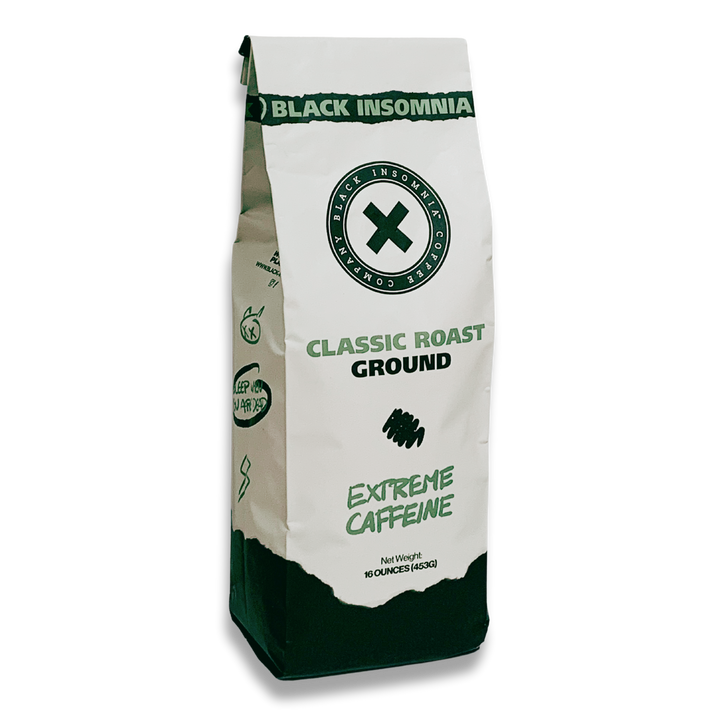
$19.99
The Strongest Coffee in the World Black Insomnia has 6 x MORE CAFFEINE than average coffee - so you can be more than average. Designed for those who drink it black, our medium-dark classic roast is the one that started… read more

